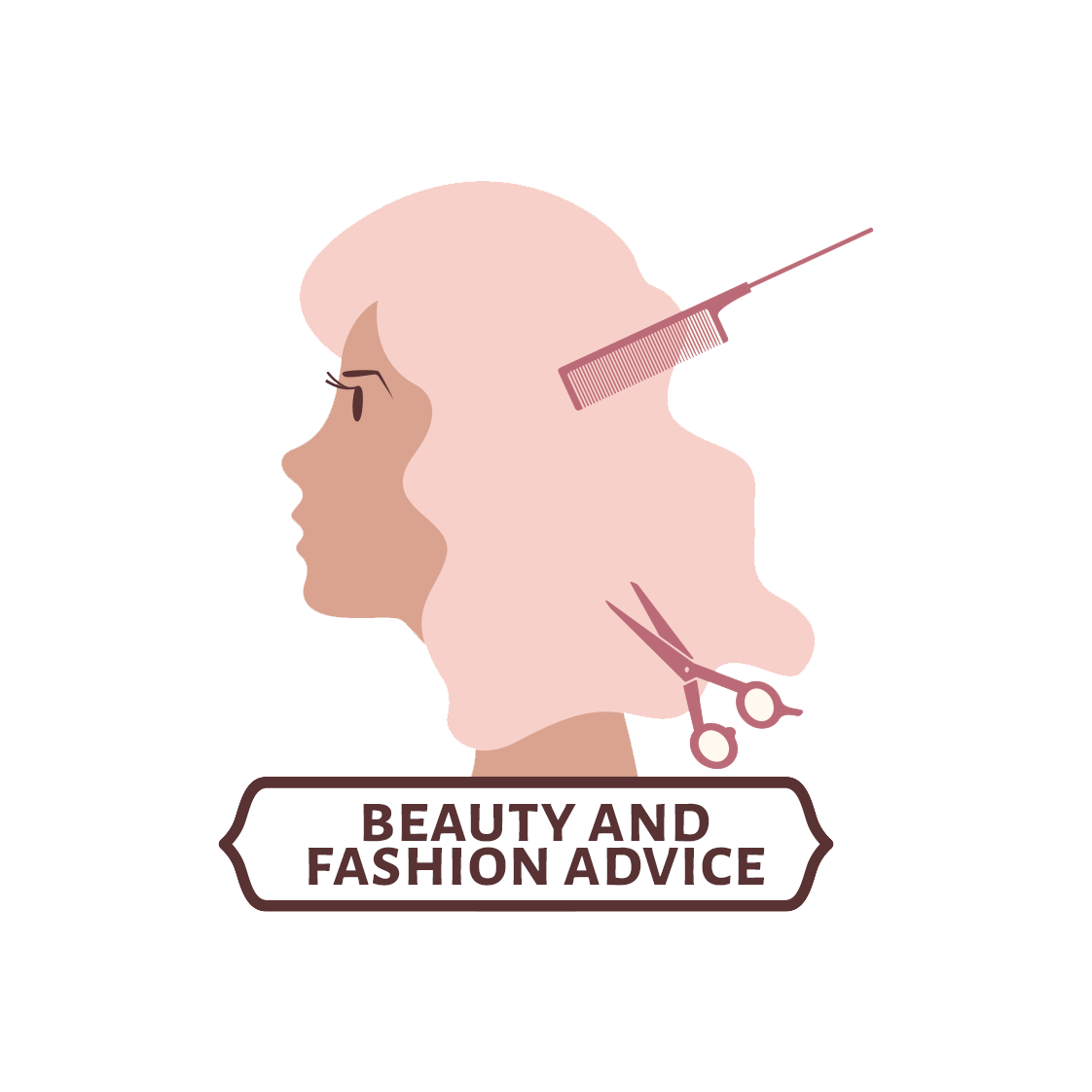Expensive-looking hair is a journey, not a destination. A luxurious mane does not hinge upon a specific expensive-looking hair colour or haircut but a commitment to at-home and in-salon techniques that help strands appear shiny, vibrant, and full of eye-catching depth. Think hair glosses, deep-conditioning masks, scalp treatments, and a healthy balance of lowlights and highlights.
If that last one gave you pause, you’re certainly not alone. I recently booked a colour refresh with master stylist Julie Dickson at her New York City salon, where she suggested not only golden, honey highlights but also some darker chestnut pieces (aka, lowlights) scattered throughout. I was a bit hesitant, but she assured me that it ties the entire look together, and lo and behold—she was absolutely right. My natural-looking hue appeared significantly more put together, sophisticated, and just plain rich. Ready to secure a luxe-looking mane of your own? Keep scrolling for everything you need to know, straight from celebrity colorists.
What are highlights?
First thing’s first: Let’s go over some hair colour basics. “Highlights are lighter strands added throughout your hair to create brightness and contrast,” explains celebrity hairstylist and colourist Eduardo Ponce. “They mimic the effect of sunlight hitting your hair and give a fresh, vibrant, sun-kissed appearance.”
Essentially, if you’re hoping to lighten your natural hair colour, highlights are a great route to take. There are a smattering of different types to choose from depending on your hair goals, such as babylights, money pieces, balayage, chunky highlights, and so on.
What are lowlights?
Lowlights, on the other hand, are sections of hair darker than your natural base colour, meant to add dimension or tone down hair that’s become too light.
“Lowlights are essentially the opposite of highlights,” adds Dickson. “They involve adding deeper, richer tones to your hair instead of lighter ones. This creates dimension, enhances your natural colour, and adds depth to your overall look. They are used to add contrast or give your hair a more balanced, multidimensional appearance, especially if you feel your colour has become too light or flat.”
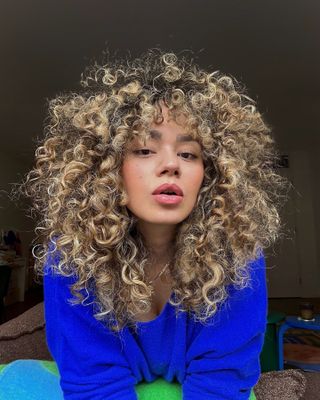
What’s the difference?
In short: Highlights brighten, while lowlights darken and add depth. “Think of lowlights as shadows that add richness and highlights as beams of light that enhance contrast,” notes Ponce.
While we’re pitting them against each other for the purposes of this article, just know that one isn’t necessarily “better” than the other; in fact, according to Dickson, everyone can take advantage of both techniques. “Lowlights are great for hair that’s been overly highlighted or sun-bleached, as they restore depth and dimension while making your highlights stand out and appear brighter,” she shares. “Highlights, on the other hand, can be subtle and spaced out for a soft, natural ‘kid hair’ loo, or applied more densely to create an overall lighter, brighter effect.”
Can you mix them together?
Yes—and you should! “I always add both highlights and lowlights,” says celebrity hairstylist and colourist Dimitris Giannetos. “If you just keep adding highlights to the hair, your hair color is going to lose depth.” Think of it like contouring and highlighting your face with makeup; without a healthy balance of light and shadow, the look can wind up falling flat. “Depth from the lowlights and brightness from the highlights create a balanced, multidimensional look that creates a natural and sophisticated vibe,” adds Ponce.
That said, combining them is a delicate dance, and the amount of each will depend on your specific head of hair, bone structure, and the overall look you’re gunning for. For instance, Dickson might commit to highlights for face-framing pieces in order to accentuate the eyes, or she could add more lowlights to an area to help old highlights pop.

How to Apply Them Both
The application process itself is pretty much the same for lowlights and highlights. “Both involve selecting specific, targeted pieces of hair to apply the colour to and painting down from the top to end of the hair,” says Giannetos. The difference lies in the placement of the dye (and the colour, of course).
Everyone’s exact placement is different—again, it depends on the specific look you’re hoping to achieve—but Dickson always likes to add a few extra touches of both for a natural-looking effect.
“Natural colour is darker at the roots than the ends, and for natural-looking results, we want to avoid root-to-end stripes,” she explains. “There will always be root-to-end placement with both highlights and lowlights, but with highlights, I like to add a few extra panels on the ends, and with lowlights, I add extras from roots to the midshaft of the hair.”
Do lowlights cover greys?
Yep, they sure can. “Lowlights are a great way to blend greys naturally without completely covering them, especially if your greys are subtler versus all over,” confirms Ponce. You might want to add some strategic highlights to disguise the greys entirely, but lowlights are certainly a great way to make them less noticeable.
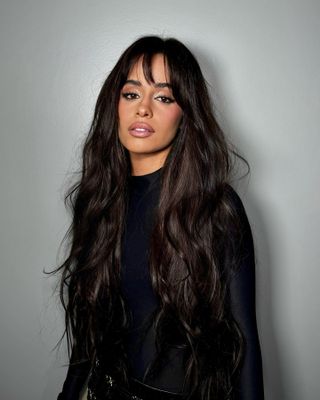
Can you apply lowlights on dark hair?
Another resounding yes from the stylists! “Most of my clients with dark hair have lowlights,” declares Giannetos. “You wouldn’t immediately notice that’s what it is, but when you look at someone and see that their brown hair feels rich and vibrant, it’s because of the dimension created with the lowlights.”
Don’t get me wrong—a gloss is always a good idea. However, lowlights can often make the deep strands appear even more vibrant. “Sometimes with natural fading over the years or [being] in the sun or water a lot, brunettes can get brassy or dull. Panels of lowlights can add depth and richness,” adds Dickson. “It’s quite impactful in making the hair look healthier and more put together.” Your hair might not look darker, necessarily, but it will look richer—think bold, full-bodied, expensive-looking strands.
The Best Products to Maintain Lowlights and Highlights

When hair is in good condition, your hair colour will naturally look more expensive. When hair is shiny and glossy, it enhances the tones in your hair even further. We love this hair-repairing mask which harnesses bond-building technology to ensure your strands stay strong and lustrous.
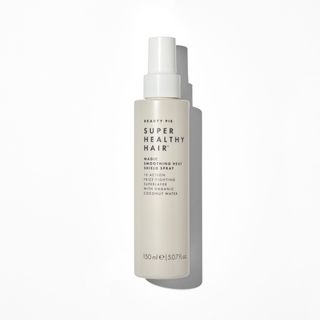
Beauty Pie
Super Healthy Hair Magic Smoothing Heat Shield Spray
Price shown is member cost.
Heads up, before you even think about using a hot tool, you’ll want to give your strands a healthy spritz of heat protectant. Otherwise, you can quickly kiss your expensive-looking colour goodbye.
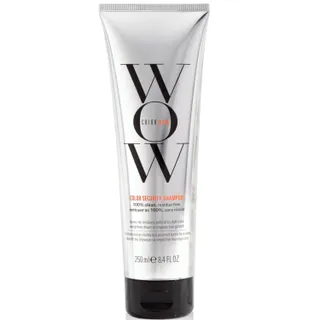
Color Wow
Color Security Shampoo
“I suggest washing your hair with products that are specifically designed with colour-treated hair in mind,” advises Giannetos. This colour shielding shampoo acts like a bodyguard to prevent your hair colour from going dull prematurely.
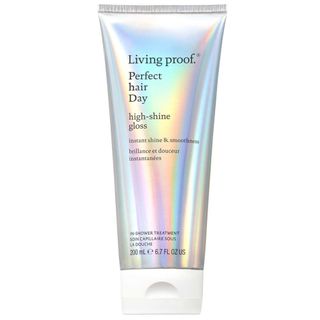
Living Proof
Perfect Hair Day High-Shine Gloss
This innovative gloss contains a special light-enhancing technology that literally forces more light to bounce off your strands. It’s basically like highlighter for your hair.
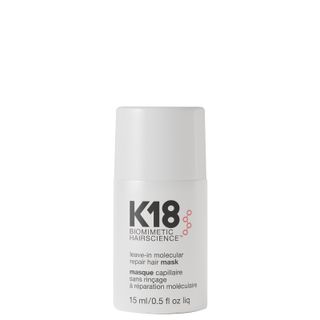
K18
Leave-In Molecular Repair Hair Mask
“I love K18 as a weekly strengthening treatment,” notes Dickson. It has a special peptide that repairs hair bonds at the molecular level, and it’s not just hype—it really works.
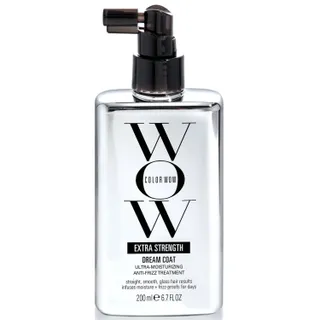
Color Wow
Extra Strength Dream Coat
Color Wow Dream Coat is straight-up magic. That’s really all I can say. You just have to see the smooth, silky results for yourself.
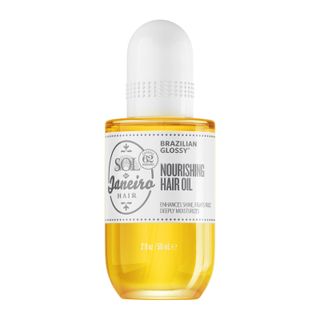
Sol de Janeiro
Brazilian Glossy Nourishing Hair Oil
Sol de Janeiro may be best known for its lineup of head-turning body mists, but please do not sleep on this gorgeous hair oil. It immediately nixes flyaways and frizz, and it enhances shine like no other. It also features the brand’s iconic Cheirosa 62 scent, so of course it smells like heaven.
Explore More:
